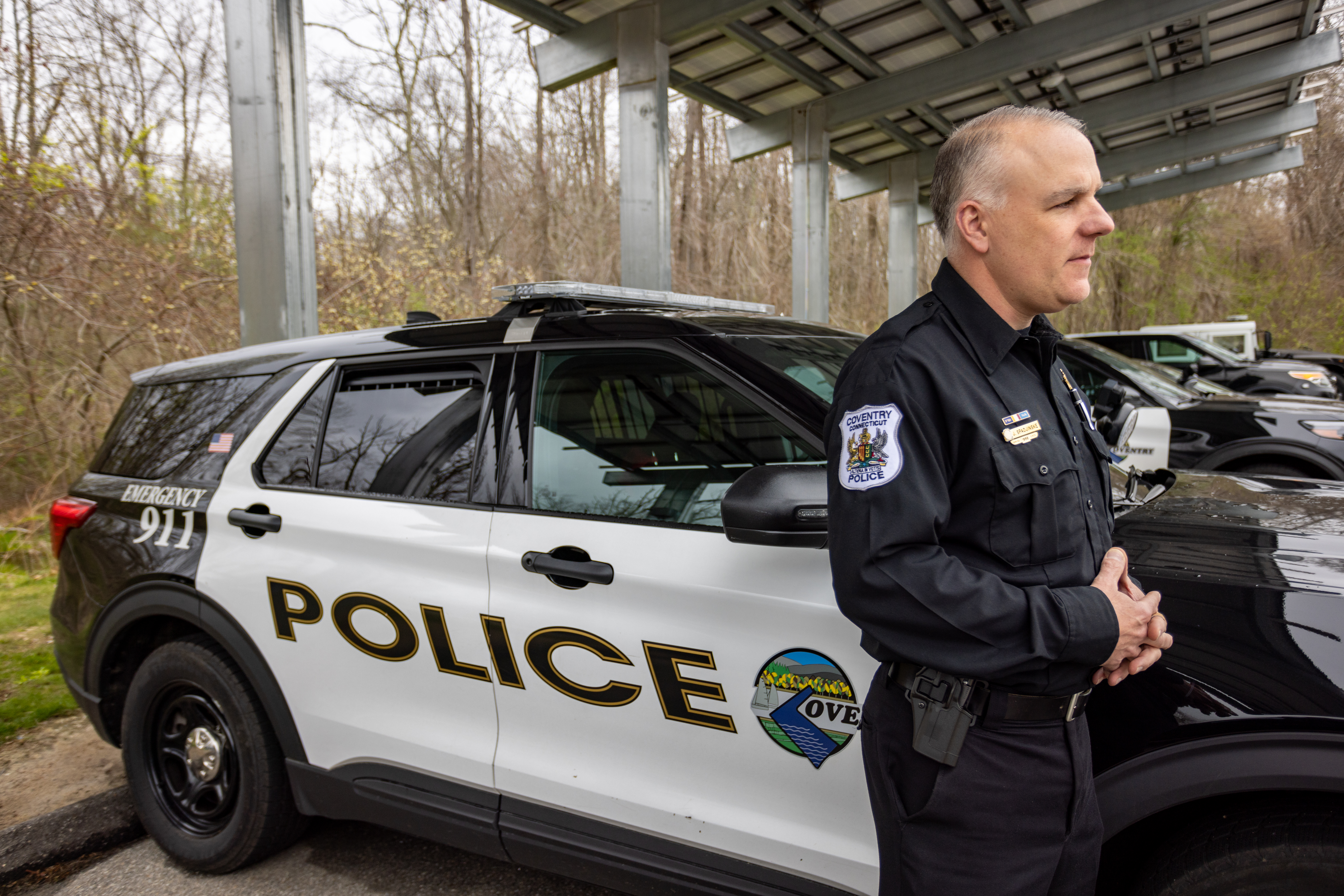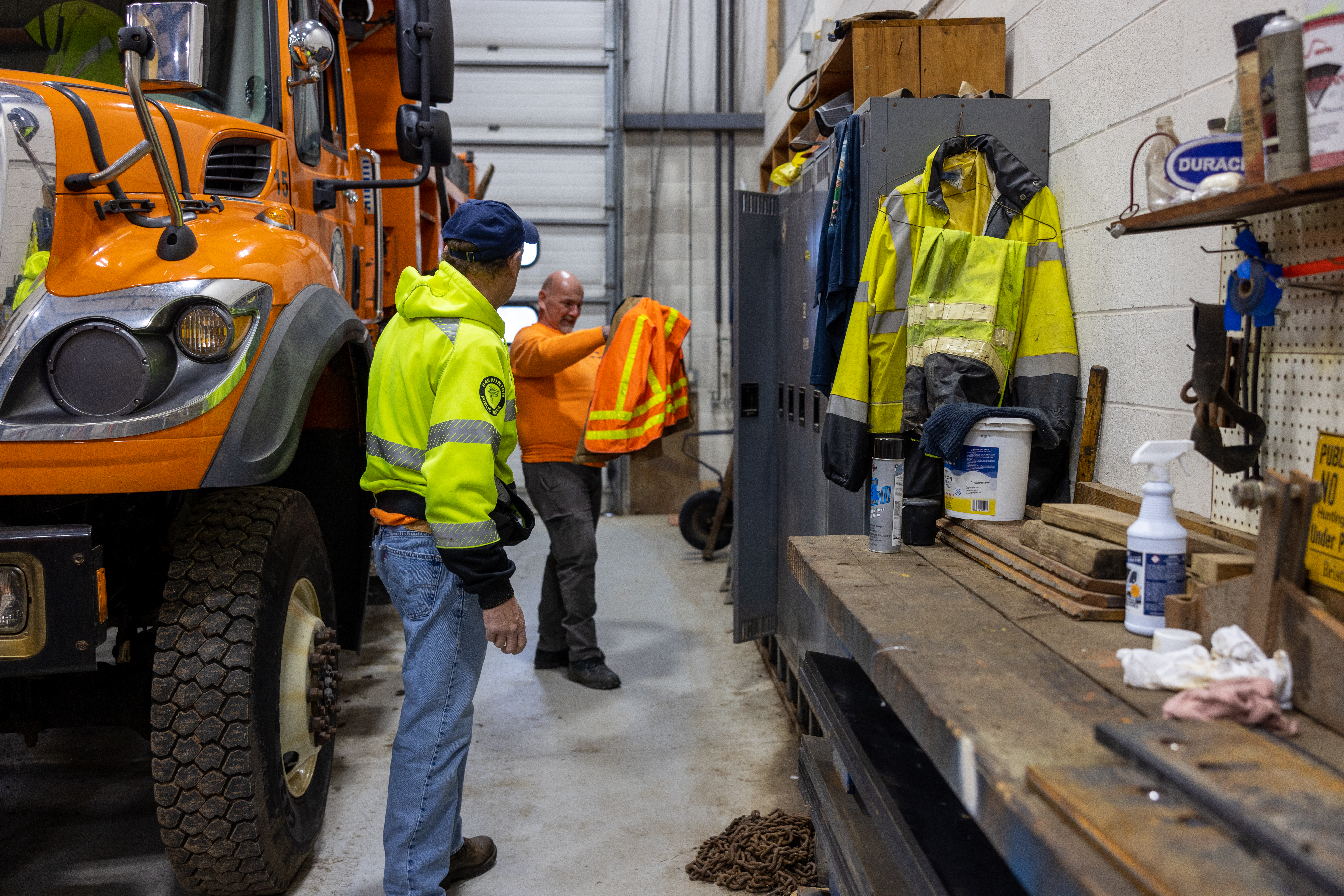Police Essentials: Defensive Driving
A Vital Skill For Every Officer
A patrol car speeds toward an emergency call. Lights flash, the radio crackles, and adrenaline surges. In that moment, every decision behind the wheel matters.
For law enforcement officers, driving is a critical operational skill, often performed under pressure. Yet motor vehicle incidents continue to rank among the leading causes of line-of-duty death in the United States. These tragedies are preventable through consistent training, disciplined driving, and a culture that prioritizes safety above all.
According to the National Law Enforcement Officers Memorial Fund (NLEOMF), 331 officers lost their lives in motor vehicle crashes over the past decade. Encouragingly, the 2025 Law Enforcement Fatalities Mid-Year Reportfound a 50 percent decrease in officers killed in traffic-related incidents during the first half of 2025—13 fatalities compared to 26 during the same period in 2024. Of those, five were automobile crashes, six were struck-by incidents, and two involved motorcycles.
The decline is a positive sign, but every number represents a life and a department forever changed.
Why Defensive Driving Matters
Defensive driving is essential for law enforcement officers who face high-risk conditions every time they get behind the wheel. Connecticut’s 6,700 municipal police officers, across more than 90 departments statewide, routinely operate emergency vehicles in demanding environments. Even with strong training programs, officers continue to encounter behavior-related hazards that elevate their risk of crashes, including:
- Speeding, particularly at intersections
- Distractions caused by mobile data terminals or other in-vehicle electronics
- Failure to wear seatbelts
- Tunnel vision and reduced situational awareness caused by elevated stress
Defensive driving training helps officers anticipate and respond safely to changing road and environmental conditions and builds emotional control during high-stress responses, ensuring officers maintain clear judgment and full awareness.
Practical Principles for Safer Operations
Defensive driving begins before the vehicle moves. It is both a technical skill and a professional mindset. Key principles include:
- Control speed and space. Approach intersections with caution, even when responding to emergencies. Managing speed saves lives.
- Eliminate distractions. Technology aids policing, but attention must remain fully on the road.
- Always wear your seatbelt. It is the simplest and most effective safety measure available.
- Manage stress and maintain vision. Recognize tunnel vision during high-stress moments and consciously scan your environment.
- Train regularly. Ongoing instruction keeps driving skills sharp and reinforces best practices.
By making these actions routine, officers protect themselves, their partners, and the communities they serve.
Leadership, Culture, and Accountability
A culture of safe driving begins with leadership. Command staff and municipal executives shape expectations through policies, supervision, and example. When leaders emphasize safety and model defensive driving practices, that commitment cascades through the entire department.
CIRMA supports these efforts through a wide range of risk management and training programs, including:
- CIRMA Defensive Driver Training
- Police Roll Call Trainings
- CIRMA e-Learning programs, available 24/7
These resources address the full scope of driving risk, from civil liability and model policies to state statutes and officer wellness. Training empowers officers and command staff alike to make informed decisions that reduce risk and prevent accidents.
A Shared Responsibility for Safer Roads
Every officer shares responsibility for creating safer roads. Defensive driving is not a one-time certification; it is a discipline that requires continual awareness and personal accountability. By promoting consistent education and a culture of vigilance, law enforcement agencies can further reduce risk and protect their greatest asset—their people.
Has your department taken advantage of CIRMA’s defensive driving and e-learning programs?
Contact your CIRMA Risk Management representative today to schedule training or access CIRMA’s 24/7 online learning platform.
CIRMA offers comprehensive defensive driver training resources for law enforcement personnel. Our robust training and education tools feature awareness and statistics of police vehicle accidents, a review of state statutes, and risk management best practices. Because every safe decision behind the wheel moves us one step closer to a safer, stronger Connecticut.
ADDITIONAL RESOURCES
The National Law Enforcement Officers Memorial Fund
- 2025 Mid-Year Law Enforcement Fatalities Report Reveals Law Enforcement Deaths have decreased by more than 50% over last year: https://nleomf.org/2025-mid-year-law-enforcement-fatalities-report/,
- 2025 Mid-Year Law Enforcement Officers Fatalities Report: https://nleomf.org/wp-content/uploads/2025/07/2025-Mid-Year-Fatality-Report.pdf
- Causes of Law Enforcement Deaths (2015-2024): https://nleomf.org/memorial/facts-figures/officer-fatality-data/causes-of-law-enforcement-deaths/
Training and Education You Can Trust
We’re dedicated to delivering the best possible resources for Connecticut’s Blue. CIRMA helps Connecticut law enforcement and emergency personnel continue to be the best at what they do through tailored risk management services and customized training and education programs—all at no additional cost to CIRMA-member employees and volunteers.
Our e-learning programs offer the latest education and insights on existing and emerging issues to help prepare our local heroes to face the challenges of a changing world. CIRMA members enjoy access to robust and relevant eLearning courses delivered through our partnership with Vector Solutions, an award-winning training management system.
Get Started












